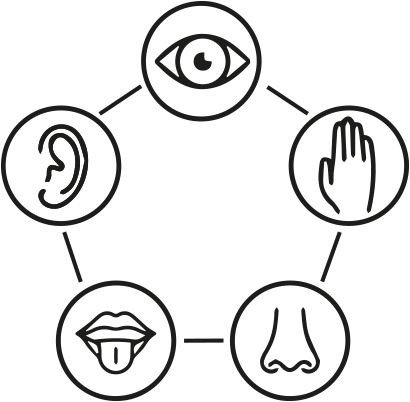The Body as a Score
| The Body as a Score
25 September, 2021 Led by:
|
| Intended learning outcomes (more on programme level)
Part of Marres’ Workshops ‘Training the Senses’. https://marres.org/en/program/training-the-senses-en/ |
| Learning objectives (course specific)
How to make and read different kinds of scores using your body and voice. |
| Objective statement (course description)
Scores are used in music, dance and performing arts as a way of recording or triggering compositions and choreographies. They can be read, interpreted and performed by the artists themselves, or by other performers. This workshop will look at how to make and read different kinds of scores using your body and voice. We’ll be diving into topics such as:
In The Body as a Score-workshop we’ll be using text, speech, and graphic elements in our scores, and our bodies and voices as instruments. Please bring your own texts to work with (a recipe, a poem, a novel, etc.). No previous experience in any form of score-making is required. |
| Type of course :
extracurricular course |
| Target group :
general audience |
| Teaching method:
workshop |
| Activities
Start: It begins with a warm-up exercise, following the directions of Karina. Participants are asked to follow along with the movements made by Karina. It starts with slow movements beginning at the neck, going down to the shoulders, hips, legs, feet. Karina gives verbal instructions as well on what to imagine or think while doing said movements. Training: Few exercises – come up with your own score
|
| Assessment of learning : N/A |
| Effect (witness account, evaluation of the course) |
Additional biblio sources (available at Marres)
|
